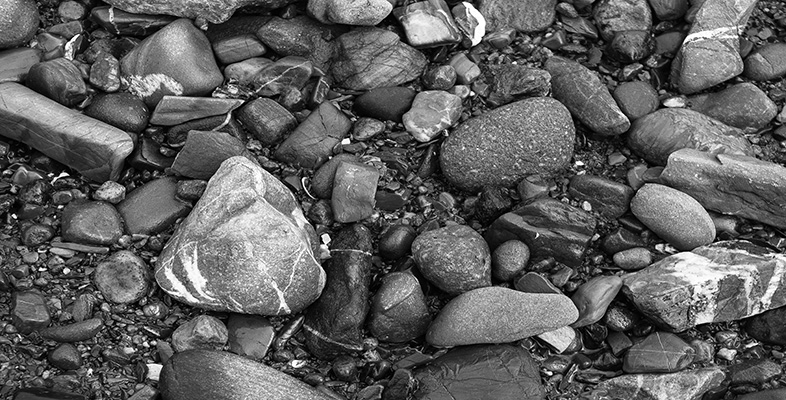1.5.1 Causes of metamorphism
Activity 5
What natural process could cause a rock to be heated?
Answer
Heating can be caused when hot magma is intruded into a cool rock.
On the other hand, an increase in both pressure and temperature will come about if the rock becomes more deeply buried as a result of Earth movements, particularly at convergent plate boundaries where continents collide, or is covered by a deepening layer of sedimentary deposits.
There are therefore two settings where metamorphic rocks can be found. In the first, and simplest situation, a narrow zone around the edge of an igneous intrusion becomes heated by the magma and undergoes metamorphic recrystallisation. This is known as contact metamorphism because it is caused by hot magma coming in to contact with cold rocks; contact metamorphism is due to heating alone.
The second common setting of metamorphism is far more extensive, and is caused by the deep burial of crust at continental collision zones. In this setting, huge volumes of rock experience increases in temperature and pressure, causing metamorphism on a regional scale; this is known as regional metamorphism.
